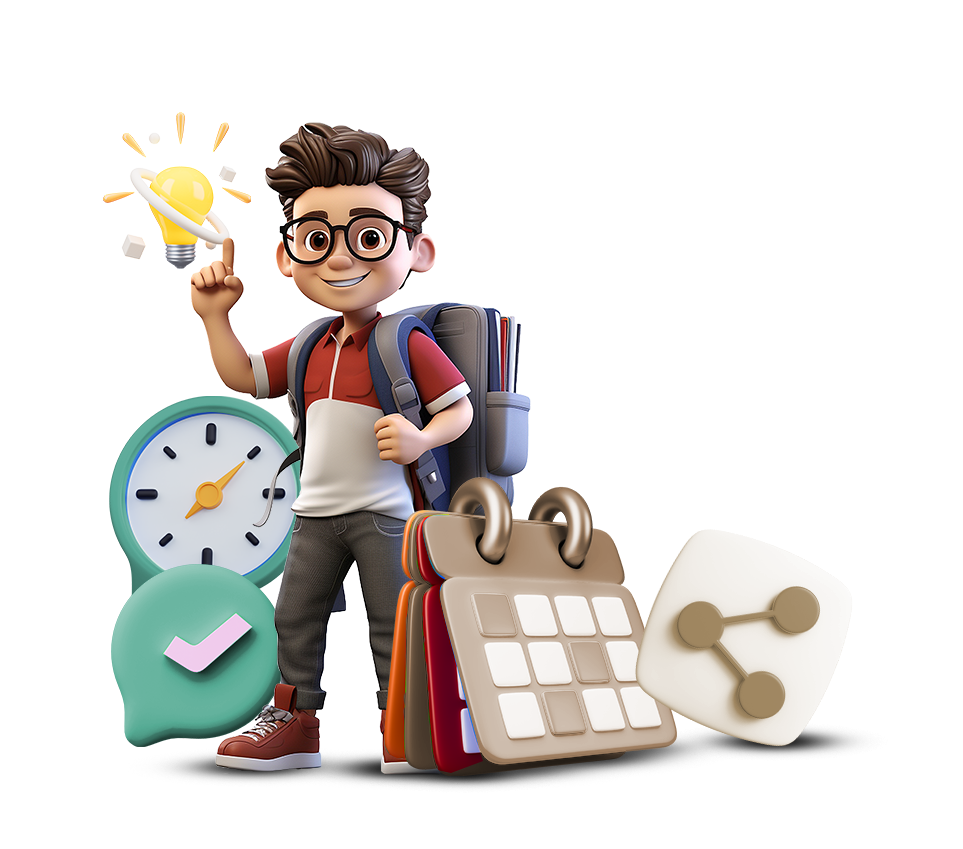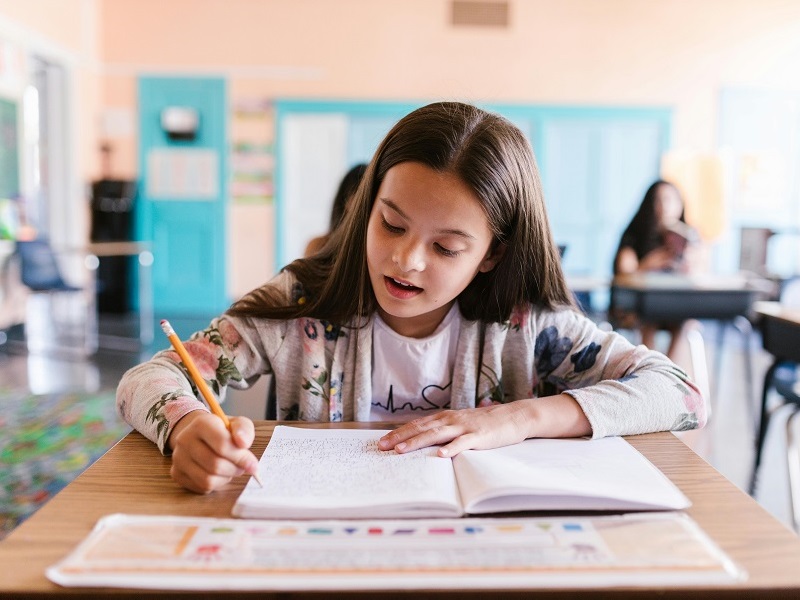Challenges facing the Curriculum
- The weakness of human development in communities and curricula (mind - body - spirit - soul).
- Decreased students' ability to build positive communication spaces and the capacity for productivity in society and balanced interaction with it.
- Lack of awareness about social issues, and decreased interest in the culture of volunteering.
Curriculum Characteristics
Simplicity - Authenticity - Methodology - Documentation - Diversification - Inclusivity
Mastery Tools
- Student's Handbook.
- Teacher's Guide.
- Parents’ Cards.
- Impact Measurement Tools.
- Educational Activity Guide.
- Skill-Building E-Games.


Practical Features of the Curriculum
- Globally applicable, structured, and implemented across multiple countries, adhering to international standards.
- Green curriculum in the context of content development and artistic design presentation.
- Available in both English and Arabic languages and can be translated into other languages.
- Digitally prepared in a format that is compatible and integrable with both government and private educational platforms.
- Adopting the latest scientific theories in personality development as the basis of the curriculum.
- Structured in a way that makes it adaptable for application in various educational contexts.
- Presented in a flexible manner and suitable for visually appealing to students.
The Scientific Advantages
- Supporting the comprehensive development of the student's personality throughout his/her academic journey (Self - Communicative - Productive - Social).
- Adopting the seven dimensions that consider the developmental characteristics of each age stages.
- Learning over 84 skills encompassing all academic and practical aspects.
- Continuous assessment at all stages of skill-building (Preparatory – Constructive – Conclusive).
- The student is considered as a partner in skill-building and knowledge creation.
- Activation of 36 different learning strategies that offer exercises and activities in a unique style.
- Gradual and sequential skill-building to make the learning journey enjoyable for students (Prepare, Discover, Progress..).

Why Mastery?
Enhancing effectiveness - Investment in capabilities - Positive interaction - Dealing with challenges - The positive impact....
Student on the Psychological level
- Improving the student's understanding of himself, his abilities and his feelings.
- Improving the student's ability to take personal responsibility.
- Increasing the student's self-confidence and ability to express himself in front of others.
Student on the Physical level
- Increasing student awareness of the dangers surrounding him and how to deal with them.
- Improving student commitment to positive habits and a healthy, balanced diet.
- Improving physical fitness in the student's life and enjoy health and well-being.
Student on the Mental level
- Increasing the student's ability to make decisions and solve problems.
- Improved student academic achievement and academic excellence.
- Improving the student's ability to use diverse thinking skills.
Student on the Spiritual level
- Improving the student's ability to adhere to public morals.
- Improving the student's ability to cooperate and help others.
- Increasing the student's commitment to the values of honesty, justice and integrity.
Student at the Communicative level
- Increasing the student's ability to speak, persuade and influence others.
- Improving the student's ability to listen and communicate in various forms.
- Improving the student's ability to negotiate and resolve his differences with others.
Student at the production level
- Improving the student's ability to organize his time and set his priorities.
- Improving the student's ability to plan and set goals.
- Improving the student's ability to determine his academic inclinations and career direction.
Student on the social level
- Improving the student's ability to understand diversity and accept others in his community.
- Improving the student's ability to care about and advocate for the issues of his community.
- Increasing student interest in volunteering and community charitable work.
School
- Increasing students participation in school activities and events.
- Achieving higher success rates in all academic subjects.
- Strengthening relationships between students themselves, and between them and teachers at school.
Community
- Increasing interest in social and national occasions.
- Strengthening ties between members of society despite their differences.
- Reducing disputes and divisions within society.
- Increasing the general health level among the people in the community.
- Increasing voluntary and charitable initiatives that contribute to the advancement the society.
Frequently Asked Questions and Answers
The MASTERY curriculum helps the student acquire a set of life skills or tools that enable him to discover himself, his personal qualities and abilities, be able to communicate effectively, to use critical and creative thinking, and then invest these abilities and employ them in his personal and social life so that he can enter the job market with confidence in the future and become an active member of his community.
The curriculum has been implemented in many countries, including Qatar, Britain, Morocco, Iraq, and Tunisia.
The seven dimensions are the dimensions that form the human personality from all its aspects. We find that the curriculum addresses the psychological, mental, physical, emotional, communicative, productive and societal dimensions, because each dimension is concerned with and builds a set of skills that complement each other to form a healthy personality, capable of entering the labor market with full effectiveness and productivity.
The skill is not repeated from one level to another, but in general, the skills are interconnected and complement each other and work according to a comprehensive plan that aims to provide students with a set of knowledge and practical experiences to prepare them for success in their lives (academic, societal and professional in the future).
One of the advantages of the curriculum is that it takes into account the developmental characteristics of each age group. That is, when we train a student on a certain skill, we find that the design of the activities takes into account that age group, whether at the level of perception or writing...
The curriculum is available in paper and electronic versions via its own platform.
The MASTERY curriculum is a green curriculum in the context of scientific content construction that is compatible with all cultures and ideologies because the goal is to build a balanced, healthy human personality prepared for life.
On the contrary, the MASTERY curriculum is integrated with the prescribed curricula because it helps the student to observe, investigate, and infer, in addition to the skills the student has acquired that help him in the academic context.
The curriculum employs approximately 36 active learning strategies, which are found within the proposed activities, which in turn contribute to building knowledge in partnership with the learner.
